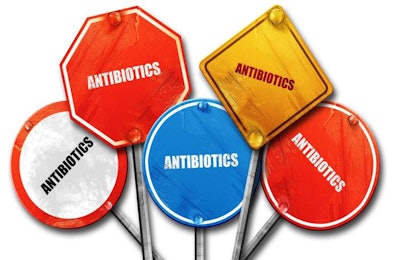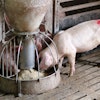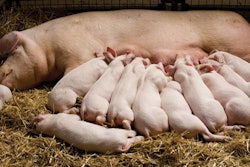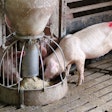
Likelihood that antibiotic use in agriculture drives resistance in humans is low, researcher says
Overuse of antibiotics in agriculture may lead to microbial resistance, but there is little reason to believe that resistance has transferred to the bacteria that cause diseases in humans, according to a Canadian researcher.
A study that compared microbial communities associated with humans and cattle found few similarities between bacterial species associated with the two study groups. Although antibiotic resistant species were found in cattle and humans, the fact that the two bacterial communities has little in common suggests that there is little opportunity for human-related bacteria to share genetic information with bacteria associated with cattle, according to Tim McAllister, one of the study’s authors and a principal research scientist at Agriculture and Agri-Food Canada.
“The caveat being, in the microbial world, you can never say never,” McAllister said. “You can’t say there’s no chance that an antimicrobial-resistant bacteria from cattle can’t get into a human. It’s just how big is that risk? And our data would suggest that risk is relatively small.”
Researchers on the study collected samples from a variety of environments — from feedlots and meat processing plants, to hospitals and sewage plants. Samples from one environment differed greatly from those of the next, and the bacteria associated with cattle and humans had little in common. Only a handful of bacterial species were present in cattle and human-related samples and, even among those species, the genes expressed in samples associated with either cattle or humans varied widely.
“Even when the same species was present, those species have different genetic adaptations,” suggesting that overlap between the bacteria that live in cattle and those that prefer humans is limited, McAllister said. That would suggest that bacteria from the two populations have little opportunity to exchange genetic material, even though antibiotic resistance occurs in both cattle and human-related bacteria.
Although not included in the study, McAllister said he suspected that the risk of genetic transfer between bacterial populations was higher in swine and poultry than in cattle.
The lack of overlap doesn’t excuse producers from the need for prudent antibiotic management, McAllister said. Antibiotic resistance remains a concern in agriculture even if it isn’t driving the rise of treatment-resistant infections in humans.
“We need to continue on the course we’re on to make sure antibiotics are available for animal use,” McAllister said.
There’s also some evidence to suggest that interactions between humans and animals could be linked to growing antimicrobial resistance in livestock, McAllister said. When he and his colleagues first began to study bacterial communities, he said they found very few bacteria had genes associated with resistance to antibiotics use in humans. Now, he said, they’re increasingly common.
While more research is necessary to determine the exact origin of these genes, McAllister said it was reasonable to propose that the antibiotic resistance was transferred from humans to cattle, rather than the other way around.
















